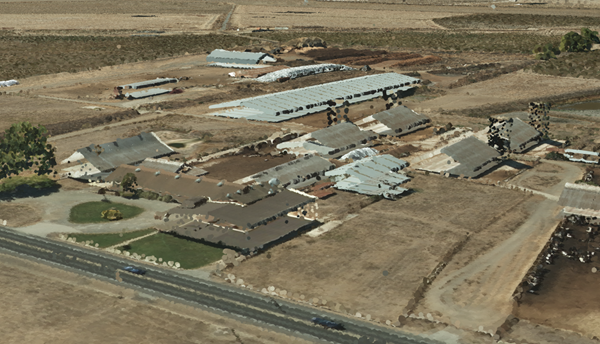Web scene layers are cached web layers that are optimized for displaying a large number of 3D features.
You can publish a scene layer using a scene layer package (SLPK) that you generated from ArcGIS Pro, or you can publish 3D data from ArcGIS Pro directly to an ArcGIS Enterprise portal.
You can view scene layers in Scene Viewer and ArcGIS Pro.
The types of scene layers you can create are described in the following sections.
3D object
3D object scene layers can be used to represent and visualize 3D objects, such as textured or untextured buildings that are modeled in 3D. From ArcGIS Pro, you can create a 3D object SLPK from multipatch data. See 3D object scene layer in the ArcGIS Pro help for more information on this type of layer.
In addition, ArcGIS CityEngine 2016.0 and later can export an SLPK from which you can publish a 3D object scene layer.
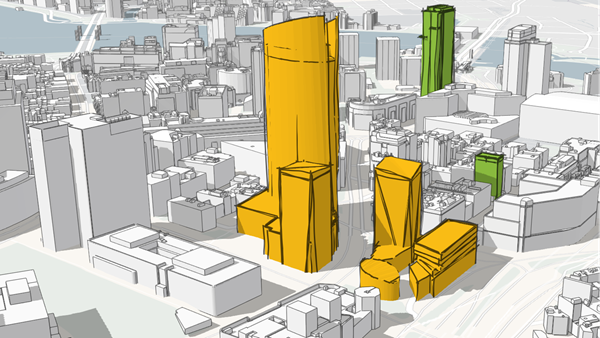
Building
Building scene layers allow you to visualize complex digital models of buildings and interact with all the components of the building. With building scene layers, you can explore a building's composition, properties, and location of structures in a building digital model. Building scene layers allow you to query and isolate discipline layers—such as structural or architectural—or categories, such as walls or roofs. They are used for engineering, architecture, surveying, and construction purposes. See Maintain and work with a building scene layer in the ArcGIS Pro help for an explanation of the multiple ways you can implement, use, and manage building scene layers. You can publish a building scene layer from ArcGIS Pro 2.3 or later as an SLPK.
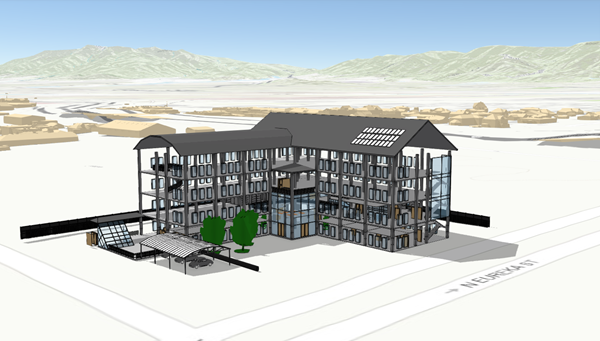
Integrated mesh
Integrated mesh data is typically captured by an automated process for constructing 3D objects from large sets of overlapping imagery. The result integrates the original input image information as a textured mesh using a triangular interlaced structure. An integrated mesh includes elevation information and can represent built and natural 3D features, such as building walls, trees, valleys, and cliffs, with realistic textures. Integrated mesh scene layers are generally created for citywide 3D mapping and can be created using ArcGIS Drone2Map and ArcGIS Pro, which can then be shared to an ArcGIS Enterprise portal as an SLPK. See Integrated mesh scene layer in the ArcGIS Pro help for more information on this type of layer.
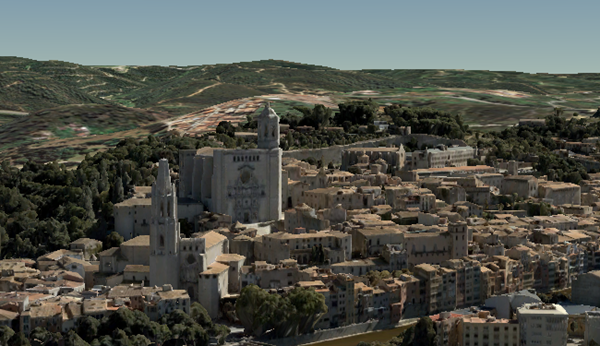
Point
To ensure fast visualization in all clients, cached point scene layers are used to display large amounts of point data not possible with a point feature layer. Point scene layers are automatically thinned to improve performance and visibility at smaller scales. Automatic thinning means that not all features are displayed at small scales; as you zoom in, additional features are displayed. For example, you can use a point scene layer to display all the trees in a city. In ArcGIS Pro, you can create a point scene layer SLPK and publish it to ArcGIS Enterprise. See Point scene layer in the ArcGIS Pro help for more information on this type of layer.
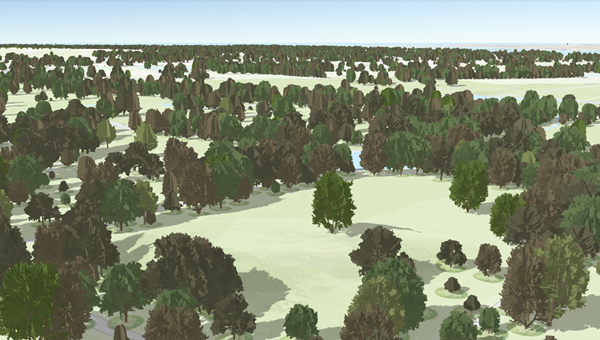
Point cloud
Point cloud scene layers allow fast consumption and display of large volumes of point cloud data in Scene Viewer and ArcGIS Pro You can configure these layers in ArcGIS Pro and create an SLPK to publish it in an ArcGIS Enterprise portal. Point cloud scene layers in Scene Viewer can appear differently based on the symbology renderer type configured from ArcGIS Pro. Scene Viewer supports the following renderer types in ArcGIS Pro:
- Stretch
- Classify
- Unique Values
- RGB
See Point cloud scene layer in the ArcGIS Pro help for more information on this type of layer.
